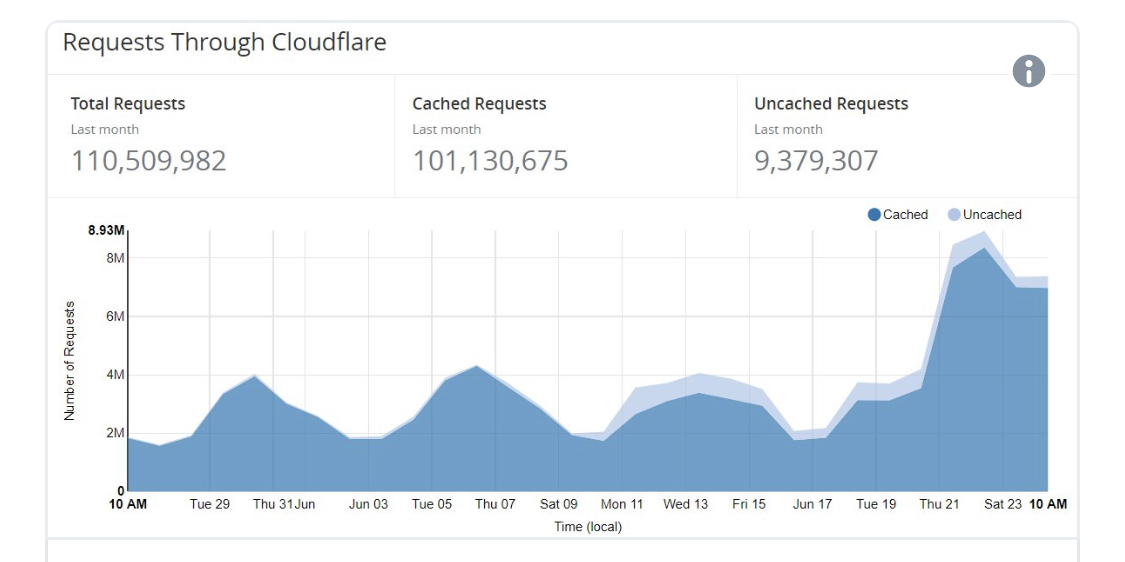The rise of next-generation network packet brokers
Network packet brokers (NPB) have played a key role in helping organizations manage their management and security tools. The tool space has exploded, and there is literally a tool for almost everything. Cybersecurity, probes, network performance management, forensics, application performance, and other tools have become highly specialized, causing companies to experience something called “tool sprawl” where connecting a large number of tools into the infrastructure creates a big complex mesh of connections.Ideally, every tool would receive information from every network device, enabling it to have a complete view of what’s happening, who is accessing what, where they are coming in from, and when events occurred.To read this article in full, please click here

 During the Black Hat Keynote, Google’s Parisa Tabriz, who manages the Project Zero bug hunting team, urged tech companies to build coalitions to solve complex security problems.
During the Black Hat Keynote, Google’s Parisa Tabriz, who manages the Project Zero bug hunting team, urged tech companies to build coalitions to solve complex security problems.
 The company's CEO said the firm was not looking just yet at a Series B, but that reception to its platform sped up the process.
The company's CEO said the firm was not looking just yet at a Series B, but that reception to its platform sped up the process.